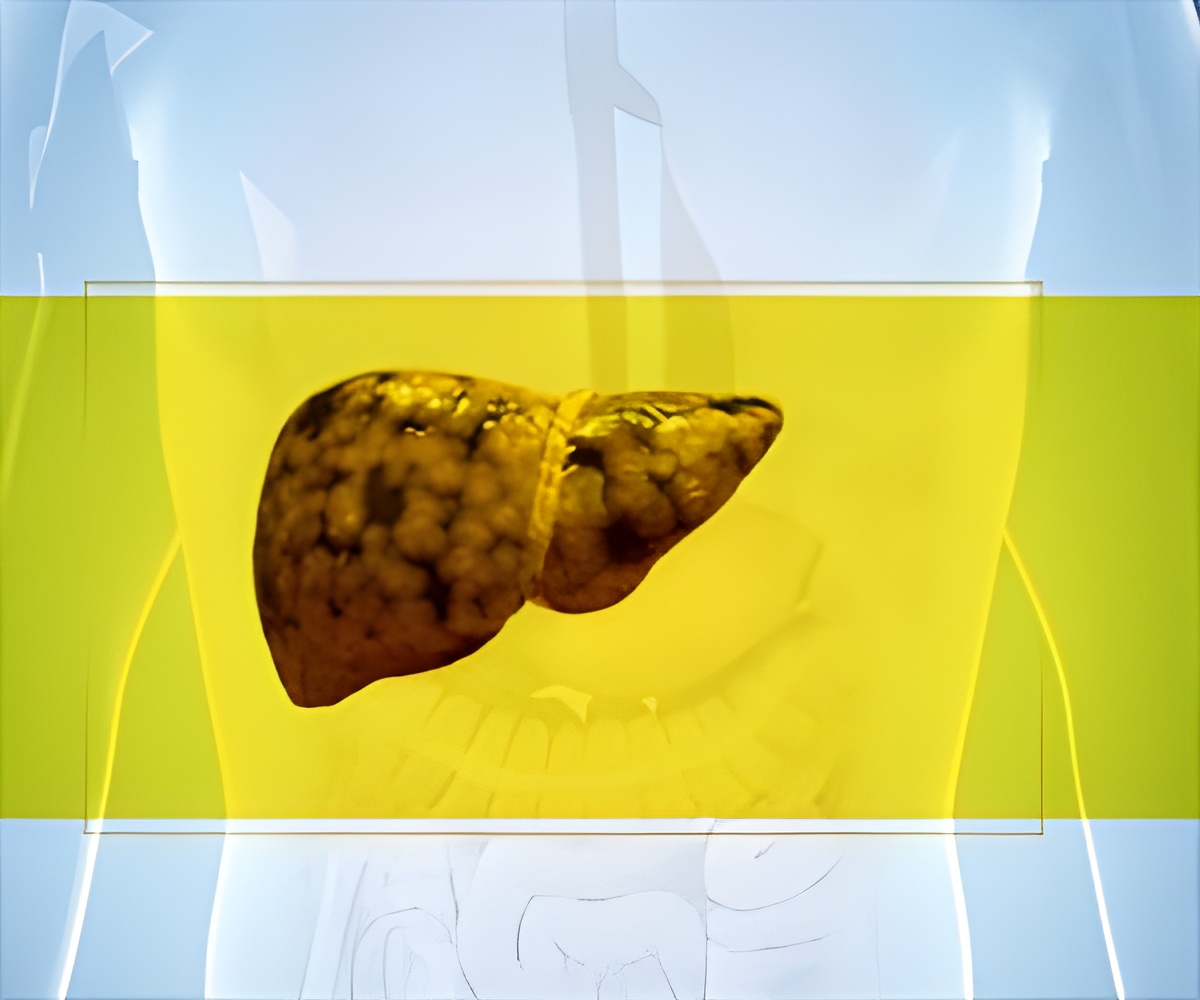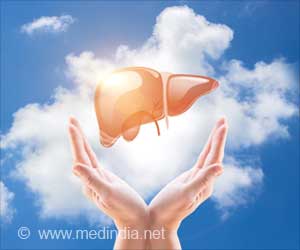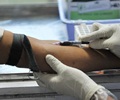
‘Hepatitis is still an important cause of chronic liver disease, affecting millions of tribes in India. Therefore, raising awareness about the causes, diagnosis, prevention, and treatment can save millions of lives from these deadly liver diseases.’
Read More..Tweet it Now
"Hepatitis-B is still an important cause of chronic liver disease. The prevalence of the infection in higher among the tribals," said Pradip Bhowmik, one of the country's most renowned hepatologists and liver expert. Read More..
"Around 65 percent of the Jarawa tribals and 21 percent tribals in Arunachal Pradesh are affected by the virus. Except for Central India, 3 to 6 percent tribals in most parts of India are also affected."
The Jarawas is one of the endangered tribes inhabiting the Andaman Islands, and any interaction with them is prohibited by law.
"In Arunachal, the Chakma tribe has the highest percentage of the infection. More than 11 percent of the population is affected, which is a matter of concern," Bhowmik told IANS.
On the eve of the two-day international scientific conference on liver disease, "Livercon V," beginning on Saturday, Bhowmik said that earlier Hepatitis-C was about 0.1 percent among voluntary blood donors.
Advertisement
"It was found earlier that Hepatitis-C was the disease of old age, but new data shows that more than 30 percent of Hepatitis-C patients are below 30 years of age and most of them have a habit of injecting drugs."
Advertisement
"Awareness development among the health care providers is of paramount importance for diagnosis, treatment, and prevention of liver diseases."
Another hepatology expert Ajit Chowdhury said: "Alcoholic liver diseases were increasing in the country. But a chronic liver disease due to a fatty liver is gradually becoming a threat to the future generation and needs immediate intervention. Diabetes, obesity, and metabolic syndrome are leading to chronic liver disease mostly.
"All these chronic liver diseases lead to cirrhosis and liver cancer."
Across the world, the prevalence of liver disease is increasing, and mortality rates were also rising steadily.
Chowdhury said that liver transplantation has revolutionized treatment for liver diseases, and India has many state-of-the-art hospitals to provide the best care.
Gradually the treatment is also becoming cost-effective for the common people.
According to Bhowmik, the Indian government has targeted to make India hepatitis free by 2030.
The World Health Organization has estimated that viral hepatitis caused 1.34 million deaths globally in 2015, a number comparable to deaths due to tuberculosis worldwide.
The Union Health Ministry said last year that in India, an estimated four crore people were suffering from Hepatitis B and some 1.2 crore were suffering from Hepatitis C.
Source-IANS













